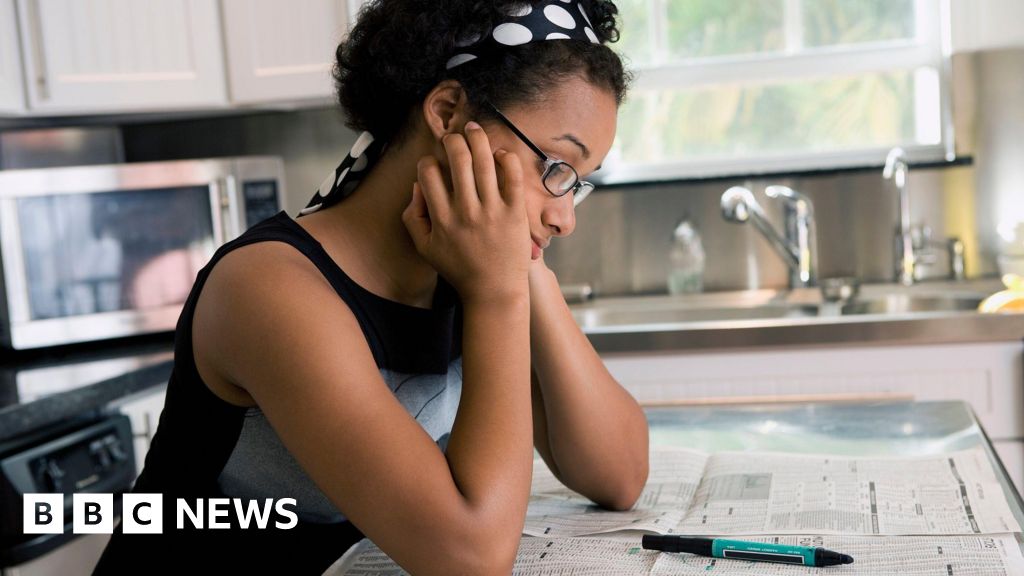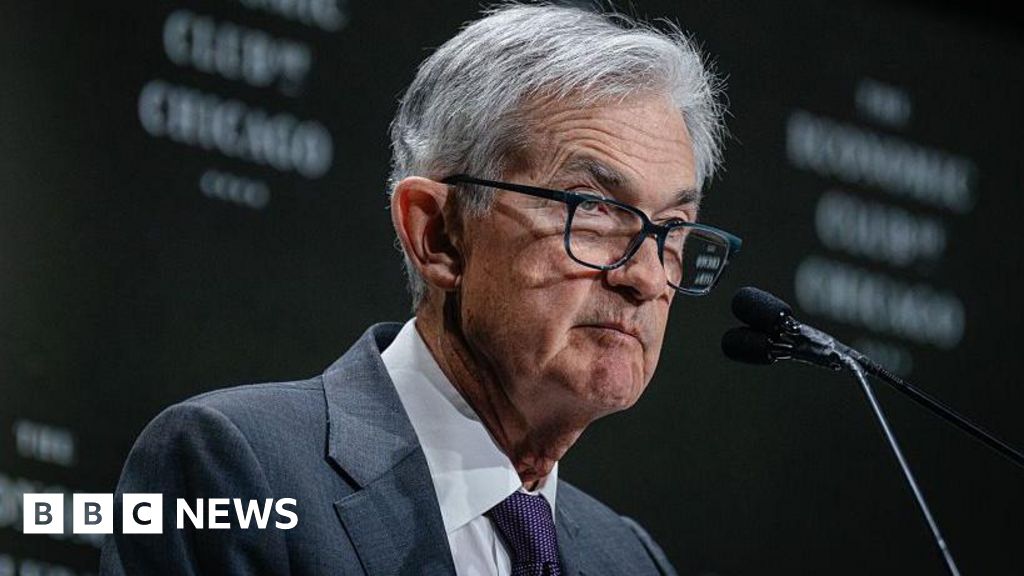Unlock the Editor’s Digest for free
Roula Khalaf, Editor of the FT, selects her favourite stories in this weekly newsletter.
Before Ebrahim Raisi’s sudden death in a helicopter crash, the Iranian president was considered a shoo-in for a second term, with elections due to be held next spring.
Every president since 1981 has served the maximum two terms and the last general election three years ago was carefully orchestrated to ensure Raisi, a protégé of Supreme Leader Ayatollah Ali Khamenei, had a clear pathway to victory.
But with the Islamic republic now constitutionally obliged to hold an emergency election within 50 days, Raisi’s death could push Iran’s tense political rivalry among loyalists of the theocratic system to a new level. With under two months to prepare and decide which candidates to back, it will also test the unity of regime hardliners.
“Hardliners will probably seek a candidate capable of balancing their faction following recent political tensions,” said Mohammad-Ali Abtahi, Iran’s former reformist vice-president. “No significant crises are anticipated until the presidential election, which is expected to follow a similar format to previous ones.”
Potential candidates are likely to include Mohammad Bagher Ghalibaf, the hardline Speaker of parliament who is considered close to the elite Revolutionary Guards. During three unsuccessful presidential campaigns, he has sought to portray himself as a hands-on politician who gets things done, citing his experiences as a former police chief and mayor of Tehran.
Another who could throw his hat into the ring is Ali Larijani, a hardliner from a prominent clerical family and a former nuclear negotiator. However, he was prevented from running in 2021 as part of what was viewed as the leadership’s efforts to clear the field for Raisi.
First vice-president Mohammad Mokhber will head up the executive branch during the interim period before the election. A hardliner close to Khamenei after running the supreme leader’s office’s business affairs, he is another potential candidate.
When Raisi was elected in 2021, his victory represented the consolidation of regime hardliners’ control over all arms of the state and the marginalisation of moderates and reformists. The poll was marred by the lowest turnout at a presidential vote since the 1979 Islamic Revolution as more than half the nation’s eligible voters stayed away, believing the result a foregone conclusion and expressing their disillusionment with their leaders.
Still, Raisi’s success was considered vital for the preparations being made by the leadership for the eventual succession to a new supreme leader, the republic’s ultimate decision-maker.

But in recent months, political infighting in the hardliners’ camp has bubbled to the surface with more radical figures calling for stricter policies such as greater restrictions on freedom of expression and even stricter enforcement of women’s obligatory Islamic dress codes.
Some Iranian analysts believed that Raisi, a hardline cleric and former judicial chief, had softened his stance on social issues since becoming president in a bid to bolster his popularity as he was touted as a potential successor to Khamenei.
Others, however, believed Raisi quietly sided with more hardline elements, as well as an emerging generation of ideologues who have challenged old-school conservatives. These so-called super-revolutionaries came to the fore at this year’s elections for parliament and the Assembly of Experts, the body that will choose the next supreme leader.
As president, Raisi was also confronted with one of the republic’s biggest domestic challenges in decades after mass protests erupted in the wake of the death of Mahsa Amini in police custody. The 22-year-old had been arrested in Tehran for allegedly not wearing her hijab correctly, and her death sparked the most sustained nationwide demonstrations against the Islamic regime in years.
The authorities launched a crackdown to crush the protests, killing more than 300 people, according to Amnesty International. But the regime largely turned a blind eye to women who refused to wear the hijab, in a pragmatic move intended to ease social tensions.
Some hardliners, however, felt the government was too soft, and in recent weeks there have been fresh crackdowns against those not covering their heads with the veil.

The Revolutionary Guards, whose dominance over state affairs increased after Raisi took the presidency, will influence the political debate within the hardliners’ camp.
Some Iranian analysts believe that the next president will also be close to the elite force that oversees sprawling business interests, in addition to being the state’s most powerful security force, and ideologically loyal to the supreme leader.
“We should not be surprised if the next president will be a military figure or has a military background,” said Saeed Laylaz, a reformist analyst. “Raisi’s death can be a turning point in Iran’s politics, and could push the country towards a new phase in which politics become more rigid.”
Regime loyalists considered moderate or reformist have put aside their differences with hardliners to express their condolences to Raisi’s family and the leadership, while eulogising about his character as the president’s shock death has brought together rivals within the theocratic system.
But few Iranians expect any significant space for them politically at the next election. “I doubt this national solidarity will translate into any political opening for pro-reform forces,” former reformist vice-president Abtahi said.
Credit: Source link











